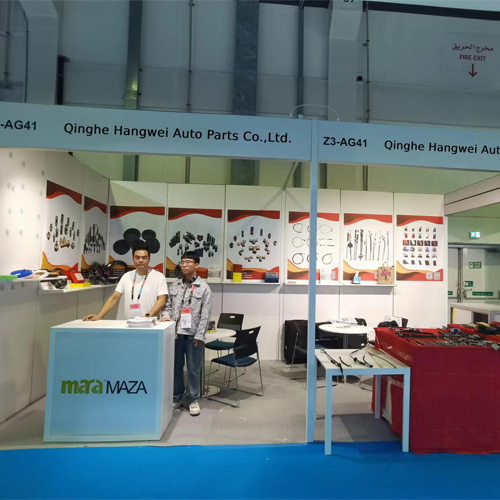accelerator cable
Understanding Accelerator Cables Essential Components for Vehicle Performance
Accelerator cables are integral components of many vehicles, playing a crucial role in the operation of the accelerator pedal and, consequently, the engine's responsiveness. This article will explore the function of accelerator cables, their different types, maintenance tips, and their impact on vehicle performance.
What Is an Accelerator Cable?
An accelerator cable is a mechanical link that connects the accelerator pedal to the throttle body in an internal combustion engine. When a driver presses the accelerator pedal, the cable pulls or pushes the throttle mechanism, allowing more air and fuel to enter the engine. This process ultimately increases engine power and speed, enabling the vehicle to accelerate.
Types of Accelerator Cables
Accelerator cables come in various forms, primarily differing in their construction and the mechanism they use to operate. The two main types are
1. Mechanical Accelerator Cables Traditional vehicles typically use this type of accelerator cable. These cables are usually made of steel, featuring a flexible and durable outer casing. As the driver presses the accelerator pedal, the cable moves, pulling or pushing the throttle plate to regulate the air-fuel mixture entering the engine.
2. Electronic Throttle Control (ETC) With advancements in automotive technology, many modern vehicles have adopted electronic throttle control systems. Instead of a mechanical link, these systems utilize electronic sensors and actuators. While they are often more responsive and allow for advanced features such as cruise control and traction control, they eliminate the need for traditional accelerator cables.
The Importance of Accelerator Cables
accelerator cable

The accelerator cable's primary function is to ensure a smooth connection between the accelerator pedal and the throttle body. A functional and well-maintained accelerator cable is vital for vehicle safety and performance. A faulty cable can lead to several issues, including delayed acceleration, erratic engine response, or even complete loss of throttle control, all of which can pose significant risks on the road.
Maintenance Tips
Regular maintenance of the accelerator cable is essential to avoid unexpected failures. Here are some tips to ensure its longevity
1. Inspect Regularly Check the accelerator cable for signs of wear, such as fraying, rust, or corrosion. A visual inspection can help catch potential issues before they escalate.
2. Lubrication Proper lubrication of the cable can enhance its performance and lifespan. Use a suitable lubricant to ensure smooth movement within the cable housing, reducing friction and wear.
3. Check Tension Ensure that the accelerator cable is not overly loose or tight. Proper tension is necessary to maintain the responsive behavior of the throttle.
4. Replace When Necessary If the cable shows significant wear or damage, it’s best to replace it immediately. A new accelerator cable is relatively inexpensive compared to the potential costs associated with a malfunctioning throttle system.
Conclusion
Accelerator cables, though often overlooked, are vital components that significantly influence a vehicle's performance and safety. Understanding their function, types, and maintenance can help drivers appreciate their role in vehicle dynamics. As technology evolves, while mechanical cables may become less common in new vehicles, the principles of throttle operation and the need for responsive acceleration will remain central to automotive design.
-
Workings of Clutch Pipe and Hose SystemsNewsJun.04,2025
-
The Inner Workings of Hand Brake Cable SystemsNewsJun.04,2025
-
The Secrets of Throttle and Accelerator CablesNewsJun.04,2025
-
The Hidden Lifeline of Your Transmission Gear Shift CablesNewsJun.04,2025
-
Demystifying Gear Cables and Shift LinkagesNewsJun.04,2025
-
Decoding Clutch Line Systems A Comprehensive GuideNewsJun.04,2025
